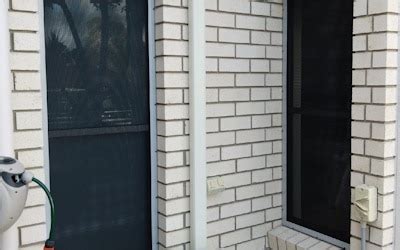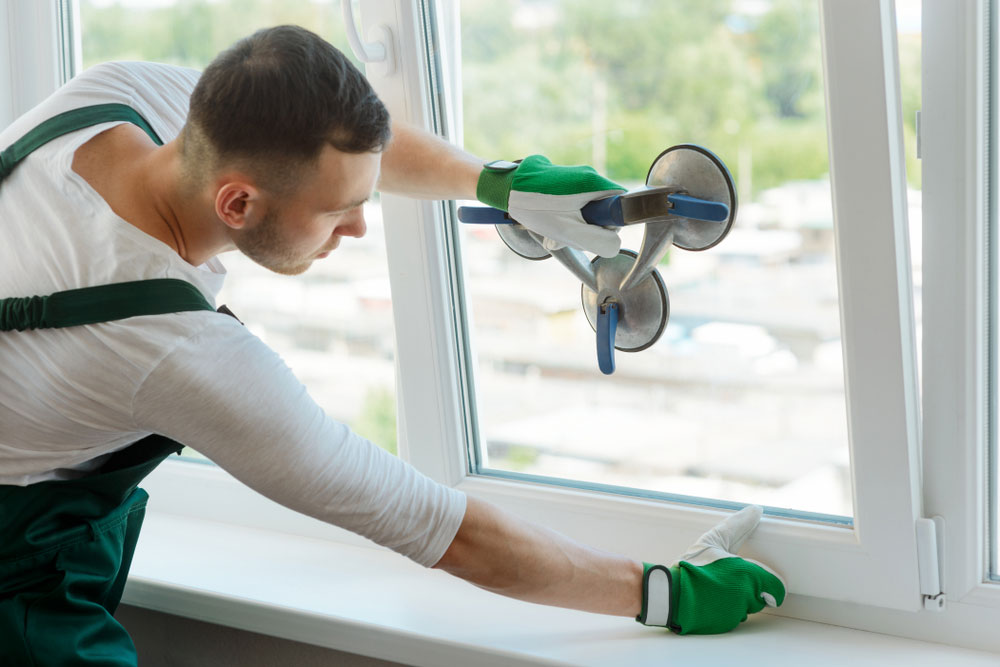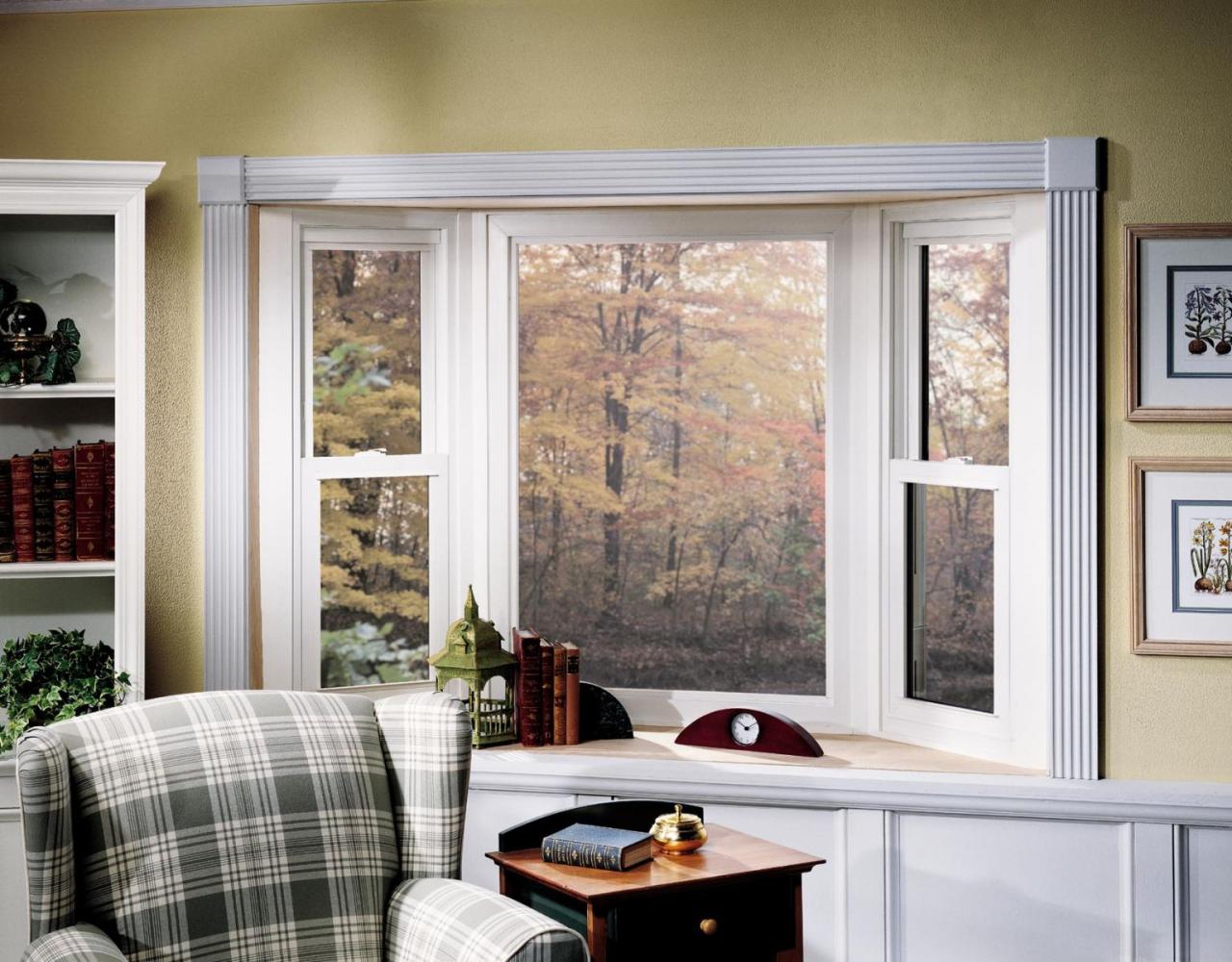Residential window replacement sets the stage for this enthralling narrative, offering readers a glimpse into a story that is rich in detail and brimming with originality. Exploring the importance, types, factors to consider, process, cost, energy efficiency, and maintenance of residential window replacement promises a deep dive into the world of home improvement.

 When it comes to replacing residential windows, it is important to understand the steps involved in the process, the tools and materials needed, as well as the decision between hiring professional installers or taking a DIY approach.
When it comes to replacing residential windows, it is important to understand the steps involved in the process, the tools and materials needed, as well as the decision between hiring professional installers or taking a DIY approach.
 When it comes to residential window replacement, energy efficiency is a crucial factor to consider. Energy-efficient windows not only contribute to a more comfortable living environment but can also lead to significant savings on utility bills.
When it comes to residential window replacement, energy efficiency is a crucial factor to consider. Energy-efficient windows not only contribute to a more comfortable living environment but can also lead to significant savings on utility bills.
 In conclusion, residential window replacement is not just about aesthetics but also about efficiency and sustainability. By choosing the right windows, homeowners can transform their living spaces while saving on energy costs. It's a window of opportunity to elevate your home to new heights.
In conclusion, residential window replacement is not just about aesthetics but also about efficiency and sustainability. By choosing the right windows, homeowners can transform their living spaces while saving on energy costs. It's a window of opportunity to elevate your home to new heights.

Importance of Residential Window Replacement
Residential window replacement plays a crucial role in maintaining the overall integrity and efficiency of a home. It is not just about aesthetics but also about functionality and energy savings.Enhancing Energy Efficiency
Upgrading windows in a home can significantly improve energy efficiency by reducing heat loss during the winter and preventing heat gain during the summer. This leads to lower energy bills and a more comfortable indoor environment.Improving Home Security
Modern windows come with advanced security features that can enhance the safety of your home, protecting your family and belongings from potential intruders. This added peace of mind is invaluable.Enhancing Curb Appeal
New windows can instantly boost the curb appeal of your home, increasing its value and making it more attractive to potential buyers in the future. It is a cost-effective way to enhance the overall look of your property.Types of Residential Windows
When it comes to residential windows, there are various types to choose from based on functionality, aesthetics, and architectural style. Each type offers unique features and benefits that cater to different needs and preferences.Double-Hung Windows
Double-hung windows are a classic choice for many homes. They consist of two sashes that slide up and down within the frame, allowing for easy ventilation and cleaning. These windows are versatile and fit well with traditional and modern architectural styles.Casement Windows
Casement windows are hinged on one side and open outward with the help of a crank. They provide excellent ventilation and unobstructed views. Casement windows are suitable for contemporary and mid-century modern homes due to their clean lines and functionality.Bay Windows
Bay windows protrude outward from the exterior wall, creating a cozy alcove inside the home. They typically consist of a large central window flanked by smaller windows on each side. Bay windows add architectural interest and natural light to a room, making them ideal for Victorian, Craftsman, and cottage-style homes.Picture Windows
Picture windows are large, fixed windows that do not open. They are designed to frame a picturesque view and allow maximum natural light into a room. Picture windows are perfect for homes with scenic surroundings and contemporary architectural designs.Awning Windows
Awning windows are hinged at the top and open outward from the bottom, resembling an awning. They provide ventilation while preventing rain from entering the home. Awning windows are a great choice for bathrooms, kitchens, and basements in various architectural styles.Factors to Consider Before Window Replacement
Before making the decision to replace your residential windows, there are several important factors to consider. Ensuring that you have all the necessary information and have thought through these considerations will help you make the best choice for your home.Accurate Measurement of Existing Window Openings
When planning for window replacement, it is crucial to measure your existing window openings accurately. This ensures that the new windows will fit properly and provide a secure seal. Incorrect measurements can lead to issues such as drafts, water leaks, and difficulty operating the windows. It is advisable to measure multiple times and consult with a professional if needed.Choosing the Right Materials for Replacement Windows
Selecting the appropriate materials for replacement windows is essential for their longevity and performance. Consider the climate in your area and the maintenance requirements when choosing materials. For example, vinyl windows are low maintenance and energy-efficient, making them a great choice for various climates. On the other hand, wood windows provide a classic look but may require more upkeep to prevent rot or warping. Research the different materials available and select the one that best suits your needs and preferences.Process of Residential Window Replacement
 When it comes to replacing residential windows, it is important to understand the steps involved in the process, the tools and materials needed, as well as the decision between hiring professional installers or taking a DIY approach.
When it comes to replacing residential windows, it is important to understand the steps involved in the process, the tools and materials needed, as well as the decision between hiring professional installers or taking a DIY approach.
Steps Involved in Replacing Residential Windows
- Measure the existing window openings accurately to determine the size of the new windows needed.
- Remove the old windows carefully, ensuring no damage is done to the surrounding frame.
- Prepare the opening for the new window installation by cleaning and leveling the area.
- Install the new window, making sure it is properly sealed and insulated to prevent drafts.
- Finish the installation by adding trim, caulk, and any necessary hardware for functionality.
Tools and Materials Needed for a Window Replacement Project
- Tape measure, level, and screwdriver for accurate measurements and installation.
- Utility knife, pry bar, and hammer for removing old windows and trim.
- Caulk gun, silicone sealant, and insulation for sealing and weatherproofing the new windows.
- New windows, trim pieces, shims, and screws for the installation process.
Tips for Hiring Professional Installers versus a DIY Approach
- Hiring professional installers ensures a faster and more efficient installation process, with guaranteed workmanship.
- DIY approach can save money on labor costs but requires time, effort, and skill to complete the project successfully.
- Consider the complexity of the window replacement, your comfort level with DIY projects, and the importance of a professional finish before making a decision.
Cost and Budgeting for Window Replacement
When considering residential window replacement, it is essential to factor in the costs involved. Understanding the average cost of replacing windows and effective budgeting strategies can help you make informed decisions for your project.Average Cost of Replacing Residential Windows
Replacing residential windows can vary in cost depending on various factors such as the size of the windows, the materials used, and any additional features. On average, homeowners can expect to pay between $300 to $1,000 per window for standard replacement windows. However, this cost can increase for custom or specialty windows.Tips on Budgeting for Window Replacement Projects
- Start by assessing the number of windows that need replacement and determine your budget based on the average cost per window.
- Research different window materials and their costs to find a balance between quality and affordability.
- Consider energy-efficient windows that may have a higher upfront cost but can lead to long-term savings on energy bills.
- Get multiple quotes from different window replacement companies to compare prices and services before making a decision.
- Allocate a contingency fund for unexpected expenses that may arise during the replacement process.
Comparing Cost-Effectiveness of Different Window Materials
- Vinyl Windows:Vinyl windows are often the most cost-effective option, offering durability and energy efficiency at a relatively low price point.
- Wood Windows:While wood windows can be more expensive upfront, they provide a classic look and excellent insulation properties, potentially reducing heating and cooling costs over time.
- Aluminum Windows:Aluminum windows are durable and low-maintenance, but they may not be as energy efficient as vinyl or wood options. They fall somewhere in the middle in terms of cost-effectiveness.
Energy Efficiency and Window Replacement
 When it comes to residential window replacement, energy efficiency is a crucial factor to consider. Energy-efficient windows not only contribute to a more comfortable living environment but can also lead to significant savings on utility bills.
When it comes to residential window replacement, energy efficiency is a crucial factor to consider. Energy-efficient windows not only contribute to a more comfortable living environment but can also lead to significant savings on utility bills.
Importance of Selecting ENERGY STAR Certified Windows
Choosing ENERGY STAR certified windows is essential for maximizing energy efficiency in your home. These windows meet strict energy performance standards set by the Environmental Protection Agency (EPA) and are proven to help reduce energy consumption and greenhouse gas emissions.- ENERGY STAR windows are designed to minimize heat transfer, keeping your home cooler in the summer and warmer in the winter.
- By reducing the strain on your heating and cooling systems, ENERGY STAR windows can help lower your energy bills.
- These windows also provide better insulation, preventing drafts and improving overall comfort in your home.
Maximizing Energy Savings Through Proper Window Installation Techniques
Proper installation of energy-efficient windows is essential to ensure optimal performance and energy savings. Here are some tips to maximize energy efficiency through proper window installation:- Ensure a tight seal around the window frame to prevent air leakage.
- Use high-quality insulation materials to fill any gaps or spaces between the window frame and the wall.
- Consider installing double or triple-pane windows for enhanced insulation and energy efficiency.
- Professional installation by experienced technicians can help ensure that your windows are properly sealed and insulated for maximum energy savings.
Maintenance and Care of New Windows
When you invest in new windows for your home, it is important to properly maintain and care for them to ensure they last for years to come.Cleaning and Upkeep Schedule
- Regularly clean the glass with a mild detergent and water to remove dirt and grime.
- Inspect the frames for any signs of damage or wear, and repair or replace as needed.
- Check the weatherstripping and seals to ensure they are intact and functioning properly.
- Seasonally lubricate hinges, locks, and tracks to prevent sticking or jamming.
Common Issues and Solutions
- If you notice condensation between the glass panes, it may indicate a broken seal. Contact a professional to replace the affected pane.
- Difficulty opening or closing windows could be due to debris in the tracks or worn-out hardware. Clean the tracks and consider replacing hardware if necessary.
- Drafts or air leaks around the windows can lead to energy loss. Address these issues by sealing gaps with weatherstripping or caulk.
Ultimate Conclusion
 In conclusion, residential window replacement is not just about aesthetics but also about efficiency and sustainability. By choosing the right windows, homeowners can transform their living spaces while saving on energy costs. It's a window of opportunity to elevate your home to new heights.
In conclusion, residential window replacement is not just about aesthetics but also about efficiency and sustainability. By choosing the right windows, homeowners can transform their living spaces while saving on energy costs. It's a window of opportunity to elevate your home to new heights.












